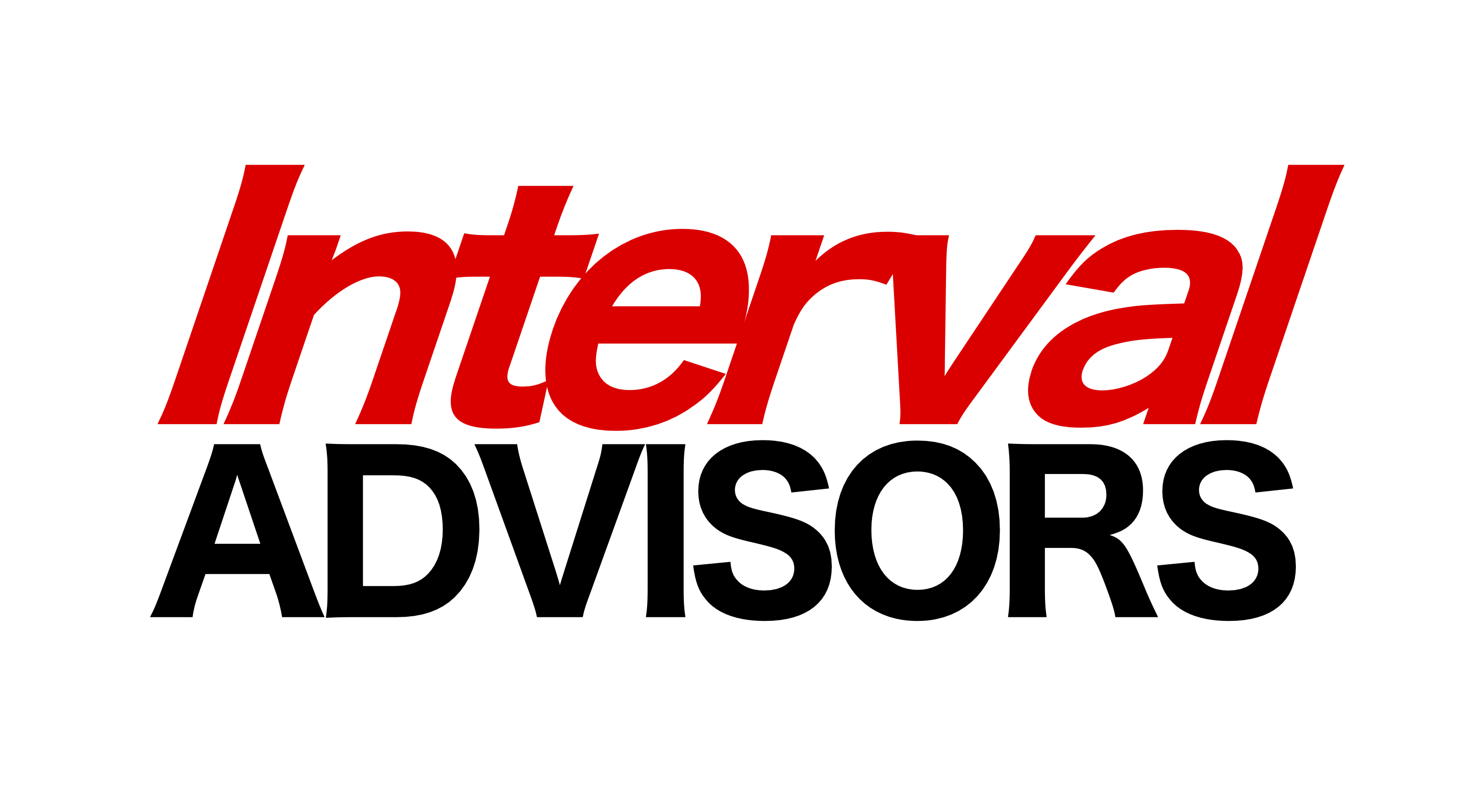
A business case the most important artifact all mature organizations create in the early phases of the product lifecycle.
It develops and refines raw, abstract ideas into a language the organization can understand better. That understanding leads to better decisions.
Its creation is a team effort. It forces dozens, sometimes hundreds of conversations to elicit the details of how a proposed idea will work. And that co-creation leads to alignment.
The format of the business case doesn’t matter. What matters is that:
- You have a formal written artifact that contains the business case
- The process for creating it was collaborative enough align the team that will do the next increment of work
- It contains enough detail to inform a good decision
A good business case has a lot of information
You describe the market context and opportunity. Problems, unmet needs, jobs-to-be-done that exist. Customer segments that have these problems. Substitutes they’re using to do these jobs today. The economic value of meeting their unmet needs. The size of this market opportunity today and how it will grow over time.
Then you talk about how the opportunity relates to assets the company owns or can build or buy. Explain why you are or can legitimately become the best in the world at delivering this value to the market. How this creates a sustainable advantage that gives you power to monetize your value proposition while keeping competitors out. Which capabilities you will not own and instead license from partners or collaborators.
Next, you explain how the business around these assets will operate. How it will sell and deliver and support the offering to potential customers in these market segments. What we already know about how these customers make decisions, and what we need to learn before we make a decision whether to launch.
Then you detail your plan for making this happen. What the MVP, first customers, and initial operating model look like. What important questions you’ll have to answer to scale beyond the initial launch. How much all of this will cost and what its expected revenue, margin, and growth will be.
Keep it concise and compelling
This much information will overwhelm most people. You will need to summarize it.
A short business case is harder to write than a long one. You can include as much detail as you want in an appendix of supporting information. But the document itself should be concise.
It will also need to be compelling. But this is more about the quality of the idea than the persuasiveness of your writing.
Your style must be objective. Avoid editorializing. Present the facts, not your opinion about them.
Its real value is the alignment it creates
A compelling business case aligns the team that writes it. The process of co-creation yields the alignment.
It’s no longer one person’s idea, everyone who contributed is now invested in its future.
To the degree it is invested in an idea, your organization will take it farther, higher, faster.
Otherwise, internal detractors will find ways to resist working on it. Some of these might be covert and passive. There are thousands of opportunities for them to kill an idea they don’t believe in.
Learn to do better business cases yourself
Even if someone handed your organization a perfect business case, they couldn’t execute it successfully without first getting aligned.
And this is why you need to learn how to create better business cases yourself.
It’s not about the document. It’s about the process of informing better decisions and gaining the alignment you need to execute the plan.
